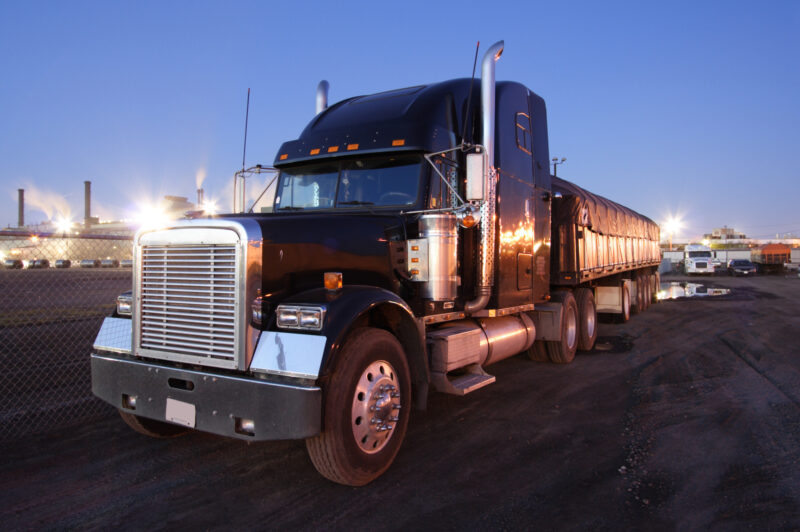It can be challenging to understand all the commercial vehicle requirements to operate in Minnesota, and even the most experienced professionals can easily become confused. It is critical to follow these requirements to ensure individual and public safety while avoiding expensive fines. This article provides a clear picture of the most critical MN DOT commercial vehicle requirements, focusing on registration, safety, and other essential areas. Registration
MN DOT Commercial Vehicle Registration
A critical first step to driving commercial vehicles in Minnesota is to acquire the required registrations and permits. Depending on the vehicle’s size, weight, and the nature of the cargo it carries, the appropriate type of registration can vary wildly. It is easy to feel out of your depth without a good explanatory resource on the topic. The FMCSA Registration’s mn dot commercial guide offers extensive information on Minnesota’s specific needs, such as how to get a Minnesota DOT number, which simplifies the registration process. It allows commercial drivers to quickly register their vehicle and remove any unnecessary stress from the process, allowing them to focus on their driving. Safety and Compliance
Safety and Compliance
Safety is not merely an issue to be addressed through compliance but the cornerstone of every commercial driver’s job. The MNDOT has issued numerous rules regarding the safety and compliance requirements that commercial vehicle operators must abide by. These include frequent inspections of the vehicle, restriction to the maximum size of loads, and travel on specified routes with special accommodations for commercial traffic. Requirements can change based on legislative changes or modifications to safety protocol, so it is critical to stay up-to-date and train drivers on the newest standards. Investing in safety equipment can be costly, but it can protect your drivers from anything that might go wrong.
Documentation and Reporting
Apart from safety and registration, keeping and submitting the right documentation is a key aspect of compliance. The relevant records to meet the state regulations include the logbook or the electronic logging device , maintenance records, and cargo documentation Record. These records are essential to show compliance with both the state and Federal laws, for instance the hours of Service and the vehicle maintenance standard . Moreover, a periodic BOI Filings Report is vital to filing all the legal and regulatory documents in an orderly manner. It also helps check your firm’s compliance levels and allows submission of any documents required by the regulatory authority to become more consolidated. Conclusively, understanding the MN DOT commercial vehicle requirements sometimes appears like a broad and overwhelming task. Still, one can easily grasp the procedure by ensuring registration, safety compliance, and proper documentation. Other FMCSA guides and the Registration guide for Minnesota will walk one through the actual requirements, and certainly, BOI Filings Report will make it relatively easy to maintain these reports and avoid all possible unnecessary issues. Any transport professional can be compliant in Minnesota with the correct discipline information. Compliance through preparation and vigilance may help protect the business and sustain its operations now and in the future.


